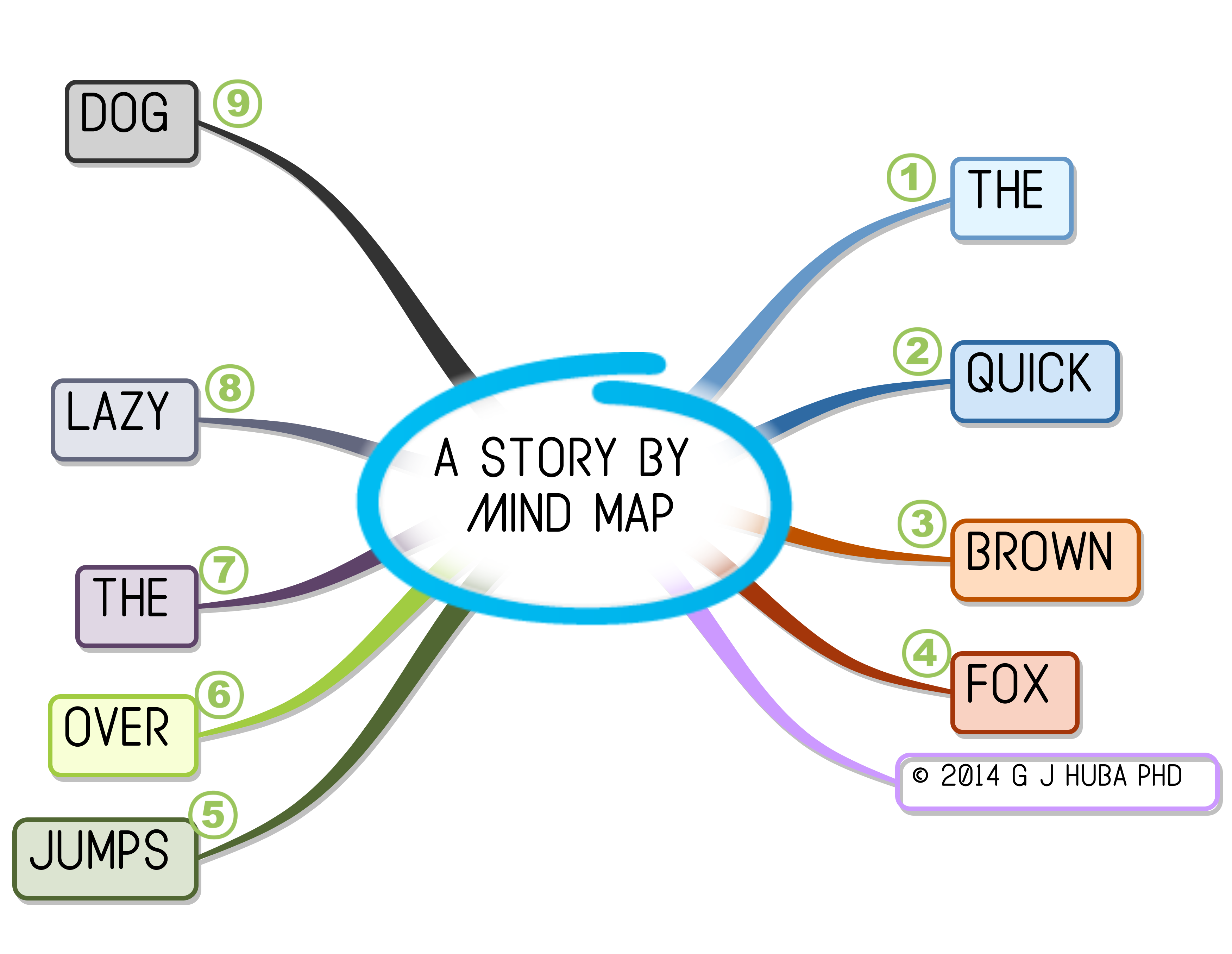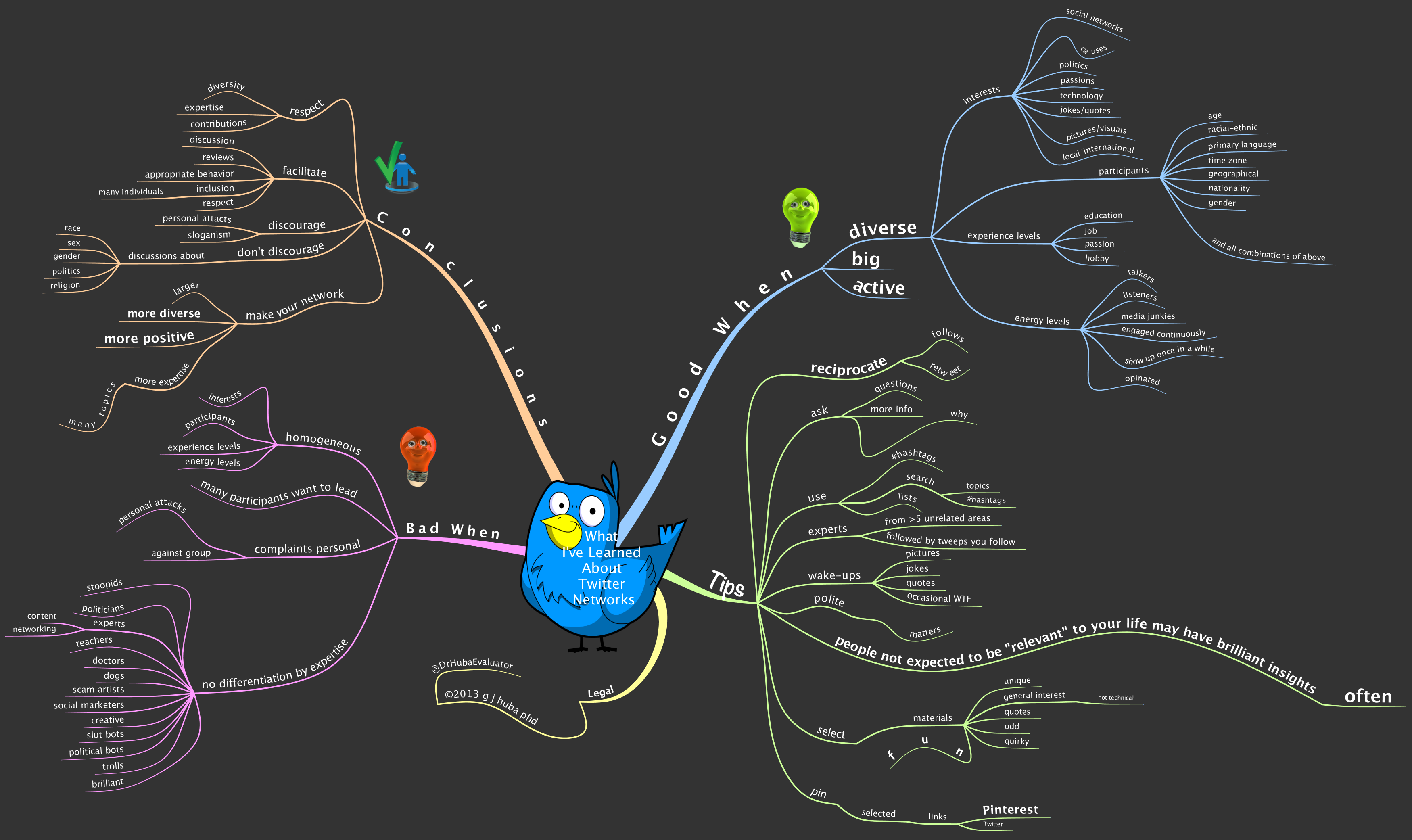This is an old story often repeated as it was typed every few hours by telegraph operators in the 1800s to test the lines. And, everyone learned to type it. The story (sentence) of course was used because it contains every letter of the English language.
[My repeated attempts to come up with a short, single sentence that is hip, cool, trendy, and oh so 21st Century, and contains all 26 letters of the English alphabet has been a failure as of this date. I am working on it.]
At any rate, everyone knows that “The quick brown fox jumps over the lazy dog.”
But, do you know the background research?
The same “research notes” presented in summary or full form can present a sentence or a short story.
[OK, so it wasn’t really a Newfie. However my lazy, sleeping, snoring dog has been practicing for the part for years, so I let her have it. And yes — really, truly — I have had both foxes and coyotes in the front yard of my current house. I guess I could also have said that the fox was rabid (most are) but that would have changed the rating to PG-13.]





















































